
The benefits of being able to go in your backyard and grab all the produce you need for a hearty salad or a homemade pizza is not only convenient—it's also healthy and will save you money at the grocery store. Whether you have a ton of backyard space for multiple raised beds or you only have enough space for a container on your balcony, growing a vegetable garden can be easy. Here are 17 tips for starting your own garden today.
1. Keep Weeds at Bay With Landscaping Fabric
Video of the Day
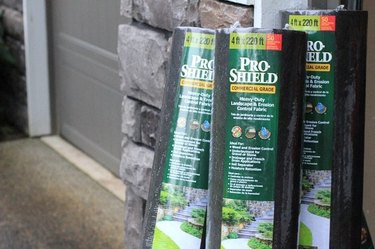
A simple roll of landscaping fabric will save you from having to pull a single weed from your garden. It's also rot- and decay-resistant but still allows air, water, and nutrients to reach your precious crops.
Video of the Day
2. Use Starts to Get Your Garden Growing Quickly
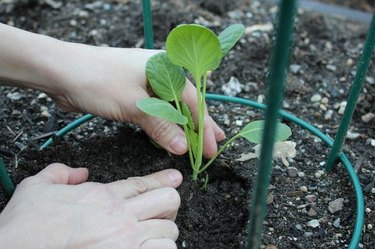
Using transplants as opposed to seeds can save you one or two months of growing time and will give you an immediate jump start on your vegetable garden. Look for plants that are on the smaller side with dark green leaves, which means they were well fertilized from the start, and look for ones with nice loose roots. This will ensure the healthiest plants and the biggest yield possible.
3. Make Garden Markers to Keep Your Plants Straight
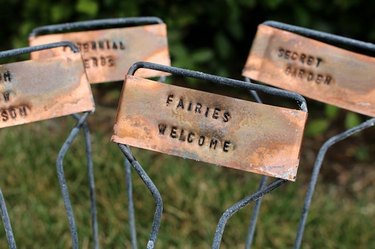
A set of copper-stamped garden markers will not only dress up your garden but also ensure you know exactly which plants are which since they can all look pretty similar in the beginning.
Tip
After you're finished stamping the markers, use a black marker to fill in each letter to make the words really stand out.
4. Choose the Right Tomatoes
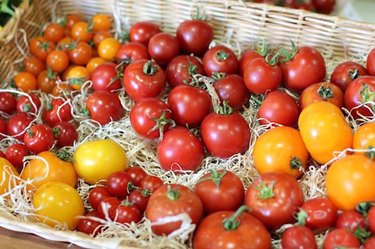
Standing in front of the endless rows of seed packets and choosing the right one can be daunting, especially because there are so many different varieties of the same vegetable. When it comes to tomatoes, though, heirloom is always best simply because they will taste better than the standard variety. And fresh, yummy produce is the whole point of a garden, right?
5. Grow Onions the Easy Way
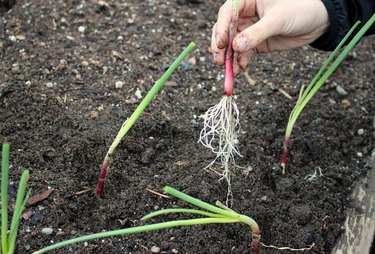
While you can certainly start your onions from seed, scouring your local nursery for onion starts will save you months of growing time and allow you to enjoy your onions sooner rather than later.
Tip
Plant multiple varieties, like yellow and purple, to make sure you always have exactly what you need.
6. Plant Perennial Crops for Longer Harvests
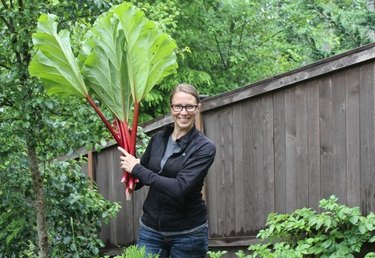
Get the most from your garden by planting perennial crops, which means they'll grow consistently for more than two whole years. Look for things like rhubarb, blueberry, raspberries, and strawberries and you'll enjoy the fruits of your labor year-round.
7. Plant Heirloom and Fingerling Potatoes (Especially if You're a Beginner)
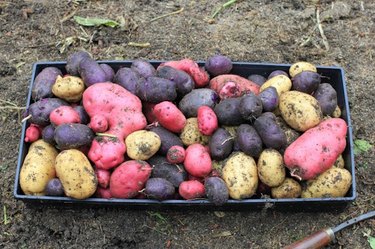
Potatoes are a great crop for beginners since all you have to do is dig a hole, toss in a sprouted potato, and wait. You'll end up with about 10 more potatoes than you originally planted. But instead of planting plain russet potatoes, which you can always grab at the market, go with the harder-to-find fingerling, heirloom, or blue varieties instead.
8. Avoid Chemicals and Use Bugs Instead

Not all of the bugs in your garden are pests. Some are actually beneficial, especially if you're going the organic route. Next time you're visiting the local nursery, grab a bag of ladybugs and release them among your crops. Soon they'll get busy munching on the aphids, mealybugs, and mites invading your garden but will leave your veggies untouched.
9. Pick the Right Pumpkins
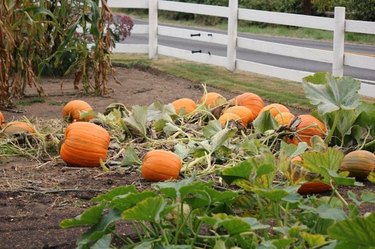
Filling your yard with giant pumpkins is a fun activity for the entire family, and if you plant yours in early June, they'll be ready just in time for Halloween. Whether you go with the standard carving pumpkin, the ultra-bumpy knucklehead pumpkin, or the white lumina variety, you'll get a kick out of watching your babies grow.
10. Plant Cover Crops to Improve Your Soil
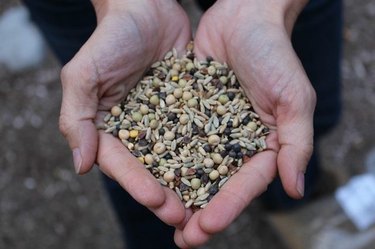
Planting cover crops is different from planting veggies because these aren't for eating. They are actually there to improve your soil quality for the next planting season. Just spread the seeds in your garden (during the winter off season) and rake them into the soil. Don't forget to water!
11. Extend the Growing Season Into Fall and Winter With Salad Greens
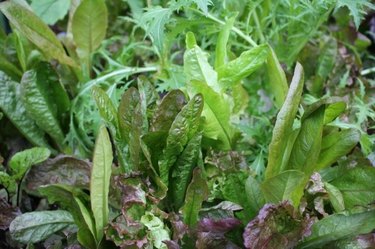
Extend your growing season by planting tons of salad greens in the late fall and early winter since lettuce does best in cooler temperatures. If you live somewhere with especially harsh winters, plant your lettuce in containers so you can easily move or wrap them as needed.
12. Grow Your Own Belgian Endive
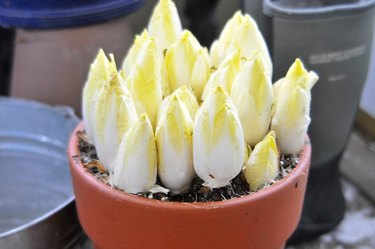
The lovely yet slightly bitter Belgian endive is an Italian winter vegetable that is usually saved for special occasions because it can carry quite the hefty price tag. However, growing your own couldn't be easier. The "set it and forget it" vegetable loves poor soil conditions; hot, dry heat; and just a touch of fertilizer. Basically, it's the lazy gardener's best friend.
13. Try Succession Planting for Bigger, Better Harvests
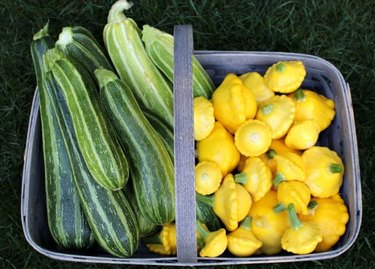
Double or triple your garden's capabilities with succession planting, which basically means that as soon as you harvest one vegetable, you plant something else in its place. Just make sure to plant your vegetables close together so you can yield as much as possible and top the soil with healthy compost to boost growth.
14. Take It to the Next Level With a Raised Vegetable Garden
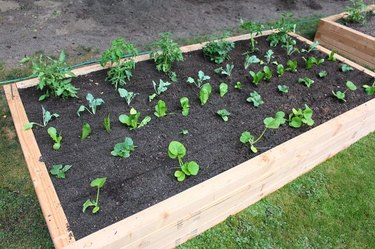
Planting in a raised vegetable garden is great for those of us who have poor soil conditions, and it also looks really nice. Place scraps of cardboard in the bottom of your raised bed before adding your soil to smother out any potential weeds and plan out where all your veggies will go before you start planting.
15. Opt for a Container Garden for a Small Space

Choosing to grow a container garden is perfect if you're short on space or living in an apartment without a yard. Just make sure you pick a pot that's big enough for what you're trying to grow. Carrots, for example, will require a slightly deeper container than beans or tomatoes.
16. Grow a Pizza Garden (You Know, For Fun)
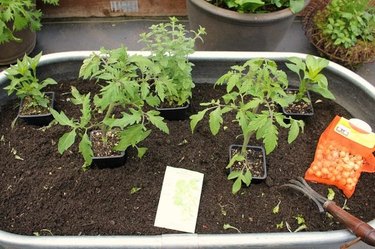
If you're a die-hard pizza lover, planting a pizza garden is a great way to ensure you have everything you need to whip up your own pizza on a moment's notice. Plant things like peppers, tomatoes, onions, basil, and oregano right in the same container. With regular watering, you'll be ready for harvest in about 75 days.
17. Grow a Salsa Garden (For More Fun)
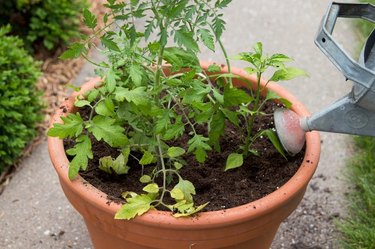
Another delicious combination is a salsa garden. Choose a pot with a good-size drainage hole and add a layer of rocks to the bottom to ensure the hole doesn't get clogged. Fill your pot with tomatoes, onions, hot peppers, and cilantro and you'll be chowing down on fresh salsa in no time.